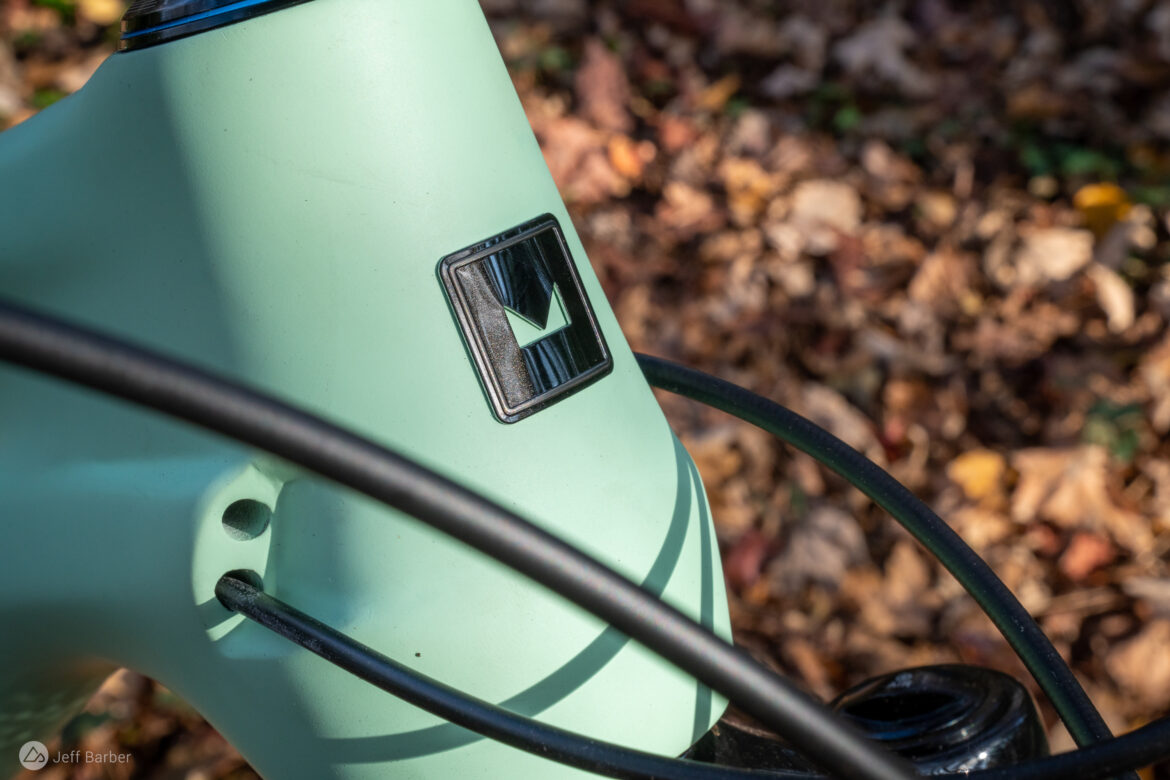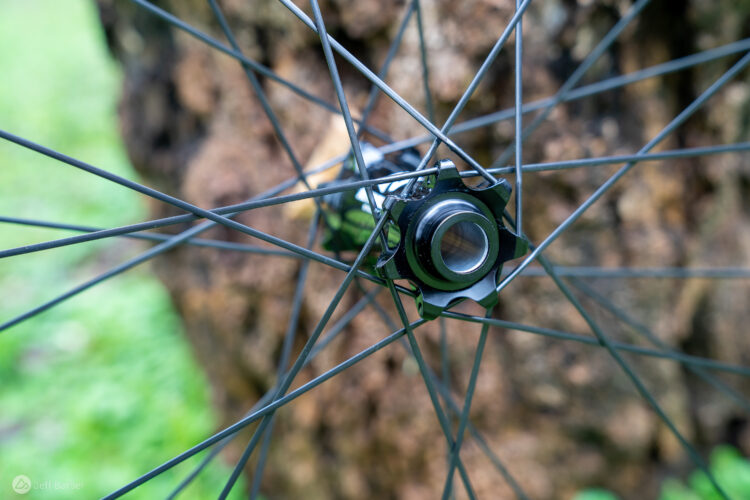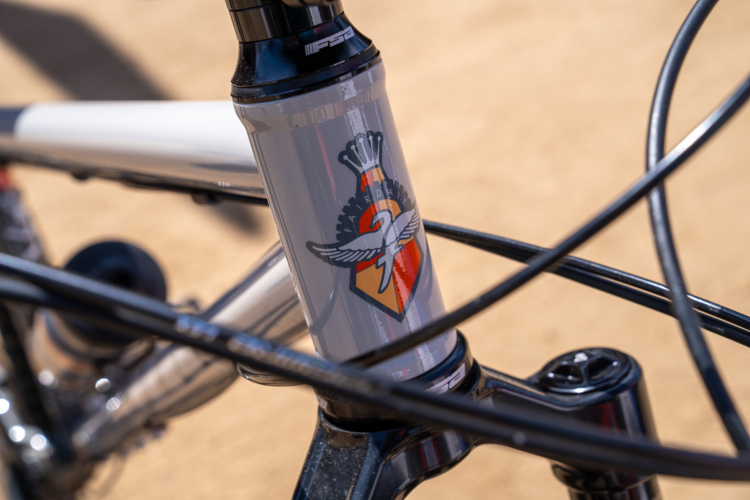
Ok, admittedly that cover photo *could* influence our survey results. And to be clear, we’re not picking on Evil or any other brand for that matter. Saying something isn’t useful doesn’t mean it has no purpose on a bike. Keeping with the example of internal cable routing, while it might not serve an overly functional purpose, it does serve an aesthetic one which plenty of riders clearly value.
Collectively we all have a pretty good understanding of what it is that mountain bikers value when it comes to gear. Now, let’s find out what you don’t think is particularly useful.



















